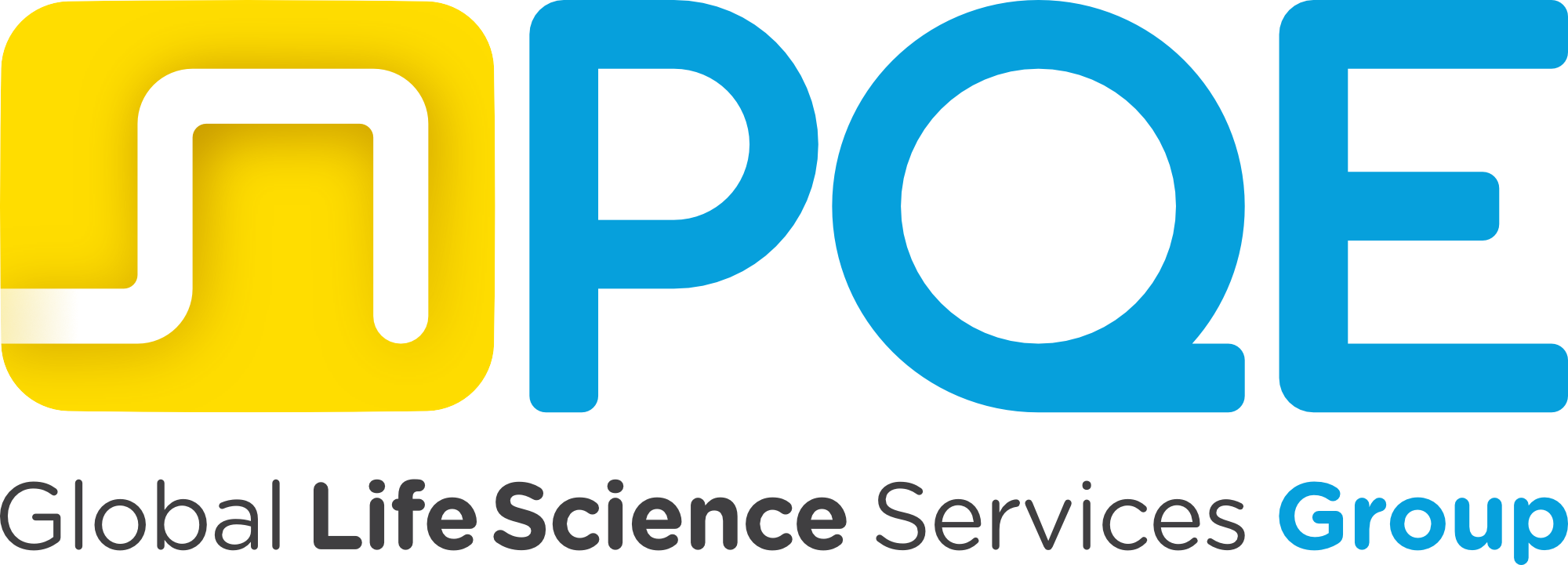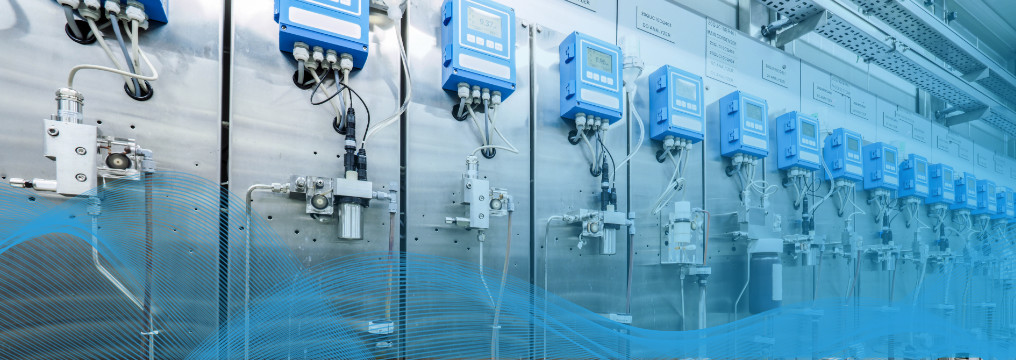The role of Critical Utilities in a wider-context CCS
Annex 1 points its attention on CCS whose effectiveness is to assess isolated contamination events holistically and the capacity to plan appropriate corrective and preventive action to avoid possible further contamination events. This approach is intended, in terms of contamination control, to shift the risk review process to the assessment of the impact of a contamination event in a wider contest and specifically in this contest Critical Utilities plays a fundamental role.
In this context it is clear that it is even more important for pharmaceuticals facilities to find an easy way to demonstrate GMP compliance of their Critical Utilities.
Critical Utilities are the core of the manufacturing processes providing controlled environmental manufacturing condition or main component of a drug and frequently they are the source of one of the main component in the manufacturing process and their product is considered as raw material and therefore subjected to all related GxP requirements.
Critical Utilities though continuously generate and distribute their “product”, besides providing constant availability at point of use, and this peculiarity does not allow to take the classical approach of defining a discrete lot number, executing related testing and finally releasing the “raw material” for its use in the manufacturing process.
Critical Utilities are mentioned in Annex 1 first as heating systems for the pharma environment and as source of information related to the possible trends of their critical parameters. Alarms and alert level of these parameters may be used to review a situation and to determine if they are to be considered utility specific or related to a more general situation. Consequently their presence and the cause review enables to take needed action to correct the situation.
Water Systems: Total Organic Carbon and Online Monitoring.
Particular attention is dedicated to water systems and in particular to Water for Injection plant, where Total Organic Carbon (TOC) and conductivity online monitoring is strongly suggested, at risk-based defined locations. Online monitoring (Process Analytical Technology, PAT) is considered superior to discrete monitoring performed by laboratory testing and based on a pre-defined plan, giving the opportunity to monitor continuously and to intervene, in case of discrepancies, in a prompt manner.
TOC online monitoring allows also a prompt detection of the biofilm formation, diminishing also the risk of further contamination of the entire water system and particularly on. The consequence of this improvement and lower biocontamination risks leads to the other major change introduced in Annex 1 regarding CU: the use of alternative methods to produce WFI than distillation.
In fact the lower risk of biofilm growth on filters, and lower possible endotoxin risk, has opened the way to the use of alternative generation systems such as nanofiltration and ultrafiltration used in conjunction with operating reverse osmosis membranes.
CU compliance can be easily reached by considering and having in place the following issues:
-
Validation
In case of specific request or question, a proper documentation developed by taking into consideration risk assessment should be presented, change control and calibration and maintenance programs. The documentation should demonstrate that the validate state of the system is controlled and maintained through the ongoing quality processes (validation plans for CU, commissioning documentation, performance and/or process validation, lifecycle validation and revalidation, decommissioning and retirement and procedures).
-
Change control
Changes having an impact on Critical Process Parameters should be traced through change control procedure to ensure that these changes are performed timely and effectively by using quality risk management during their evaluation.
-
Risk Management
Annex 1 gives a lot of attention to Quality Risk Management, which should be used to identify appropriate action during system lifecycle.
-
Drawings & Documentation
Drawings and technical documentation should be part of the system design and qualification documentation even though no direct regulatory reference is present.
-
Investigation on Corrective and Preventive Actions
During normal operating conditions unpredictable anomalies may occur: these events should be thoroughly investigate by taking a risk and scientific based approach to understand the cause of the event and to prevent in the future similar unfortunate events.
-
Sampling & Testing
Particularly in case of water systems continuous and planned sampling and testing play a fundamental role in demonstrating that the system has been correctly installed and operating, qualified and is maintained in a validate status.





